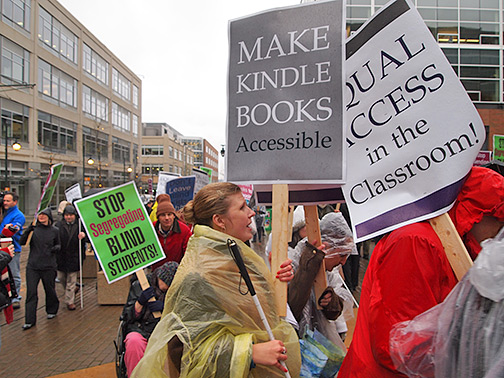A hoe, a shovel,
or
just intuition
needed?
By Marci
Hoyt on September 20, 2015
As I ventured into the wide world of
weeding recently, I discovered there is a lot more to this process than just
following the tools and guidelines provided by my school system. There is another method required – Librarian intuition. As a student in a School Librarianship
program, I was lucky to be able to learn the weeding process from an
experienced School Librarian. I read our
county tools for weeding – we use the C.R.E.W. method (Continuous Review, Evaluation,
and Weeding). This particular
methodology utilizes the “MUSTIE”, which stands for:
Misleading and/or factually inaccurate
Ugly (worn out beyond repair)
Superseded by another source
Trivial (of no merit)
Irrelevant to this school’s community
Elsewhere (may be easily obtained
elsewhere)
So, I was given my very own section to
begin to weed – I love hands-on learning, and was eager to begin. I had my MUSTIE tools, and the frequency of
use and age of item guidelines from the Librarian. I was ready to go, and
thought of how quickly I can delve into this and get this completed for
her. Boy, was I mistaken. For you see, I was missing the one crucial
piece of the process – the Librarian intuition!
I had stacks of books pulled, all notated with tiny sticky notes as to
why they should be removed, according to all the tools and guidelines. Although a lot of what I pulled did get
permanently removed from the collection, a lot of books made their way back to
the shelves. My school’s Librarian told me about specific books one teacher or
another uses each year in their classroom.
She told me about older books that are still quite valuable, if they are
in good condition, and the information has not changed. Let’s face it- a biography on John Paul Jones,
would contain the same pertinent information whether published in 1990 or in
2014. Some books I had not pulled, I
learned should be... because even though they were checked out frequently, the
text features were dated. The Librarian
taught me about keeping a collection wish list for these types of books, so the
collection can be “freshened up” with new and interesting elements.
I started hunting for more resources
that would help me build my Librarian intuition. I came across this blog post from “The Adventures
of Library Girl”.. I hope you find it as interesting as I have:
My lessons I learned from this
experience were priceless. I am so
thankful to have had this learning opportunity before I become responsible for
a library myself in a few years.





